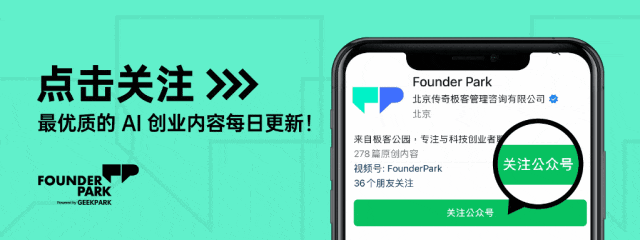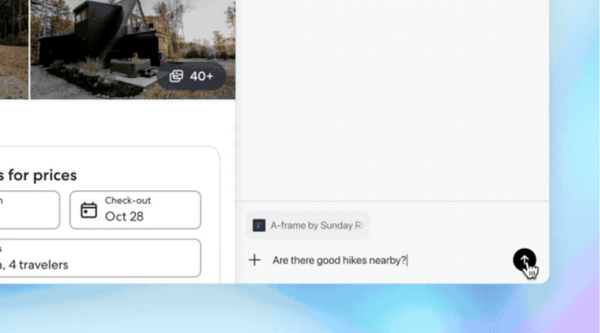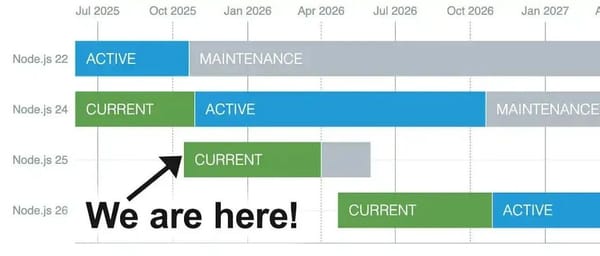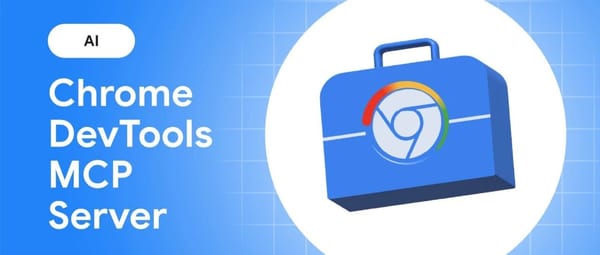# A Complete Guide to the Underlying Logic of Agents


## Introduction
After **1.5 years of AI development practice** and recent deep-dive discussions with multiple teams, I've noticed two misconceptions about **Agents**:
1. **Mystification** – believing they can do anything.
2. **Oversimplification** – thinking they are just “multiple calls to ChatGPT.”
The gap between **hands-on experience** and **theoretical grasp** of the **Agentic Loop** leads to **misaligned expectations** and high communication costs.
**Key insight**: The real leap in AI Agent capability comes **not only** from smarter base models, but from the **cognitive processes** we design around them.
This guide (≈10,000 words) will help you build a **shared intuition** about Agents and fully deconstruct the “process” behind them.
---
## Article Roadmap
- **Part One (01 & 02): Intuitive Understanding**
- Use the **Five Growth Stages of a Top Student** analogy.
- Analyze the classic *travel planning* scenario to compare **dynamic iteration vs. one-off answer generation**.
- **Part Two (03 & 05): Developer Core Concepts**
- **Section 03**: The triple value of “process”:
1. **Structure** as scaffolding for thought.
2. **Iteration** as a compression algorithm for memory.
3. **Interaction** to connect with the real world.
- **Section 05**: Evolving roles – from *prompt engineer* to **Agent Process Architect**, covering performance engineering and system architecture.
- **Part Three (04): Theory Foundations**
- Why **Think → Act → Observe** works, explained via:
- **Cybernetics**
- **Information Theory**
---
## Join the AI Product Marketplace Community (15,000+ members)
**For practitioners, developers, entrepreneurs:**
Scan the Feishu QR code to join:

**In the group you'll receive:**
- Latest notable AI product news.
- Free invites/membership codes to new tools.
- High-accuracy product exposure channels.
---
## Why Processes Are the True Competitive Edge
Agents’ real advantage lies in **architecture + learning/acting design**.
For production systems, check out **[AiToEarn官网](https://aitoearn.ai/)** – an open-source platform enabling **AI-driven multi-platform publishing, analytics, monetization**, and **content-to-revenue pipelines** for platforms like Douyin, WeChat, Bilibili, YouTube, and X.
---
## 01 — If the College Entrance Exam Could Be Retaken
Many developers grasp the **abstract** Think → Act → Observe loop, but can’t *feel* why it’s powerful.
**Common question**:
> “Isn’t this just chatting with ChatGPT a few more times? Why does automating it make a qualitative difference?”
**Analogy**: Retaking an exam **the day after** taking it → improved score from better **strategy + process**, not from new knowledge.
**Key point**:
LLMs have **static knowledge** once trained.
**Process drives improvement**, like exam strategies: time management, checking errors, approach changes for hard questions.
---
## The “Five Stages of a Top Student” — Agent Growth Analogy
### Stage 1 — Natural Genius
- **Xiao Ming** solves in his head quickly — like an LLM with a single API call.
- Outputs may be fast but unreliable (hidden errors, no trace of reasoning).
### Stage 2 — The Thinker
- Teacher forces **detailed steps on paper**.
- Accuracy improves through externalizing reasoning.
- **Chain-of-Thought (CoT)**: break problems into linear reasoning steps → less hallucination.
### Stage 3 — The Careful Checker
- Adds systematic **pre-submission review**.
- **Self-Reflection (Reflexion framework)**: act → review → revise.
- Boosts reliability (e.g., Reflexion achieves 91% HumanEval code accuracy).
### Stage 4 — The Strategist
- Scans test first, prioritizes questions, estimates time.
- **Planning**: break macro task into sub-tasks with logical sequence.
### Stage 5 — The Scholar
- Tackles open-ended research → needs **Tool Use**.
- **ReAct framework**: **Think → Act → Observe**, binding reasoning & tool usage to integrate real-world info.
---
## 02 — Chatbot vs. Agent: Travel Planning Example
**Task**: Beijing weekend trip for 3 people, including Forbidden City + child-friendly science museum, with budget.
### Chatbot's Response:
- Fluent, appears complete, but:
- **Outdated info** (ticket rules).
- **Fictional content** (non-existent museum).
- **Guessed budget**.
### Agent’s Process:
- **Step-by-step Plan**:
1. Verify ticket availability.
2. Identify real museum.
3. Check current prices/times.
4. Calculate budget.
5. Adjust if blocked.
- Uses **Think–Act–Observe** cycles.
- Produces **fact-based, actionable** itinerary.
---
## 03 — Core Driver of Agents: Process over Model
### Why Agents Feel “Slow”
- Moving from **fast intuitive mode** → **slow structured mode**.
- Trading speed/tokens for **quality and certainty**.
### The Triple Value of Process
1. **Structure vs. Chaos**:
- Planning = macro blueprint.
- CoT = micro construction manual.
- **Tree of Thoughts** explores multiple reasoning paths.
2. **Iteration vs. Forgetting**:
- LLMs have short attention spans (context window limits).
- Reflexion/Summarization compress learnings into concise “experience memos”.
3. **Interaction vs. Nothingness**:
- Without real-world feedback: built on hallucinations.
- **Tool integration** (ReAct) connects thought with action.
**Context engineering** = **designing processes** that compress, filter, and inject the *right info* at the *right time*.
---
## 04 — Why Agents Are Effective
### Cybernetics: Closed-Loop Control
- Agents = software analog of thermostat/refrigerator.
- **Goal** = prompt → **Sensor** = Observe → **Controller** = Think → **Actuator** = Act → feedback loop.
### Information Theory: Entropy Reduction
- Problem-solving as **removing uncertainty** (entropy).
- Each **Act–Observe** step = revealing facts (“clearing fog of war”).
- Less uncertainty → clear path to solution.
---
## 05 — From Prompt Engineer to Agent Process Architect
### The Role Shift
- Define **cognitive workflows** (plan, reason, reflect).
- Equip **toolbox** for acting in real/virtual worlds.
- Architect **context management** for precise decision-making.
### Performance Engineering
- **Architectural pruning** (simple tool-calls for short tasks).
- **Parallel execution** for independent subtasks (async).
- **Model specialization** (lightweight models for routing, heavy models for deep reasoning).
- **Efficient memory retrieval** (distill and store only high-value info).
### Next-Level Cognitive Architecture
1. **Workflow Orchestration** — intelligent “project manager” capability (Anthropic Skills).
2. **Team-based Architectures** — spec-driven collaboration (Kiro, SpecKit).
3. **Tool Creation** — generate code/tools on-the-fly (CodeAct).
---
## References & Extended Reading
### Academic Papers
1. [Chain-of-Thought](https://arxiv.org/abs/2201.11903) — Break tasks into linear reasoning.
2. [Tree of Thoughts](https://arxiv.org/abs/2305.10601) — Explore multiple reasoning branches.
3. [Reflexion](https://arxiv.org/abs/2303.11366) — Self-iteration via verbal reinforcement.
4. [ReAct](https://arxiv.org/abs/2210.03629) — Blend reasoning with toolcalls.
5. [CodeAct](https://arxiv.org/abs/2402.01030) — Dynamic code-tool generation.
### Industry Resources
- [Lilian Weng: LLM-powered Autonomous Agents](https://lilianweng.github.io/posts/2023-06-23-agent/)
- Karpathy’s **LLM as OS** idea.
- [LangGraph](https://www.langchain.com/langgraph) & [LlamaIndex](https://www.llamaindex.ai/) frameworks.
- Spec-driven collaboration: [Kiro](https://kiro.dev/) & [SpecKit](https://github.com/braid-work/spec-kit).
- Tool orchestration: [Anthropic Skills](https://www.anthropic.com/news/skills).
- Multi-agent simulations: [Generative Agents: Westworld Town](https://arxiv.org/abs/2304.03442).
---
## Final Thought
The future of LLM applications = **model intelligence × process design**.
**Tip**: Stop chasing the “perfect prompt.”
Start **drawing workflows** — that’s the first step to becoming an **Agent Process Architect**.
For bringing these architectures into real-world creative publishing and monetization:
**[AiToEarn官网](https://aitoearn.ai/)** connects **AI content generation → multi-platform publishing → analytics/monetization** in an open-source ecosystem.
It enables:
- Douyin, Kwai, WeChat, Bilibili, Rednote, FB, IG, LinkedIn, Threads, YouTube, Pinterest, X integration.
- Process orchestration + tool usage + content deployment in one loop.
---





